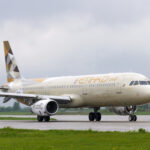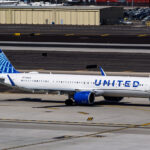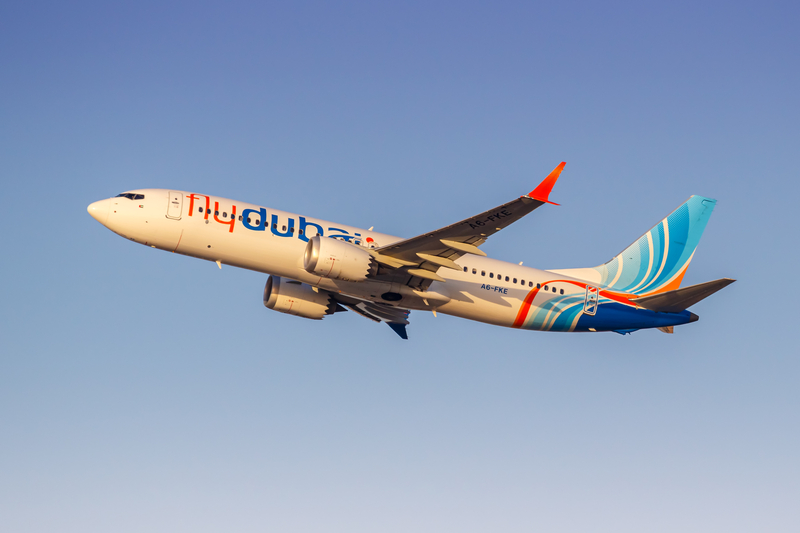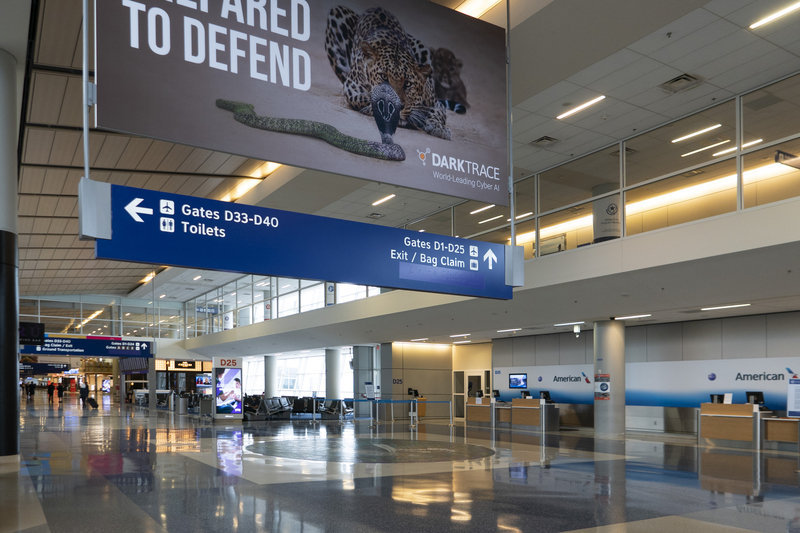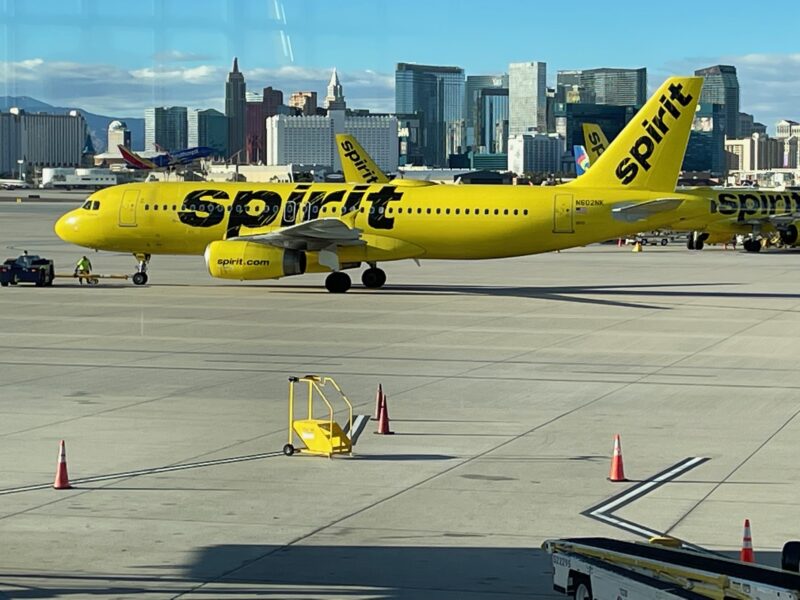Qatar Airways Quietly Deploys 236-Seat A321neos On South Asian & Gulf Trunk Routes
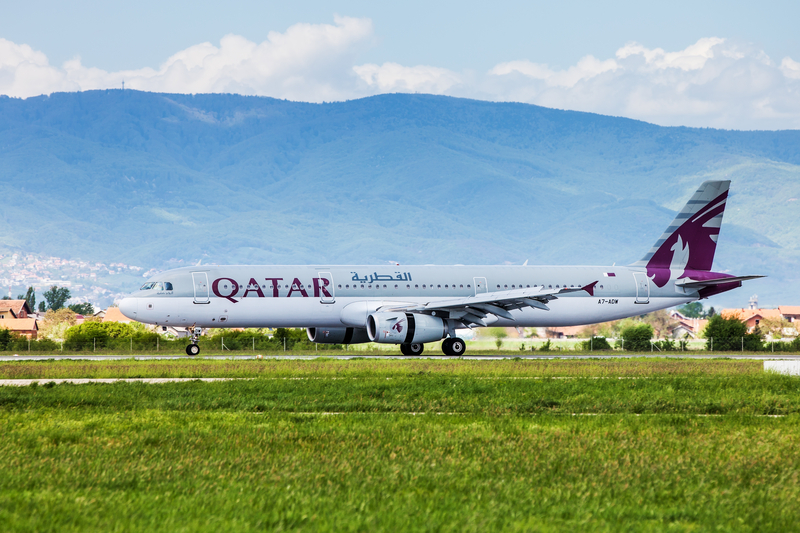
ID 30710625 | Air © Deymos | Dreamstime.com
Qatar Airways has started using one of the most unusual aircraft in its passenger fleet — an all-economy, high-capacity Airbus A321neo seating 236 passengers — and it’s doing so on exactly the kind of routes where price-sensitive, high-volume traffic rules.
Two aircraft, A7-AJB and A7-AJD, joined the fleet in late September and early October 2025. Unlike every other passenger type at the airline, these A321neos have no premium cabin at all. That makes them stand out in a fleet otherwise built around widebodies and two-class A320ceos.
Why A Single-Class A321neo?
-
236 seats: that’s more than many European leisure carriers fit on the same airframe and even 10 more than Spirit’s A321neo layout.
-
Lower seat-mile costs: perfect for heavy VFR, worker, and religious traffic that fills the cabin but doesn’t buy business class.
-
Originally built for an Asian low-cost carrier: the layout aligns closely with high-density A321neos at AirAsia, Wizz Air, Volaris, and Viva Aerobus, which explains the unusual configuration.
Qatar Airways is essentially saying: these markets matter to the hub at Doha (DOH), but they don’t justify wasting a two-class narrowbody or a widebody every time.
Where The 236-Seat A321neos Are Flying
As of the 2025/26 winter season, the aircraft are appearing on six high-demand, relatively low-yield routes out of Doha (DOH):
-
Sharjah (SHJ) – multiple daily frequencies; around a third of all DOH–SHJ flights are now on the A321neo in winter.
-
Medina (MED) – daily; roughly 40–45% of rotations on the A321neo, reflecting strong pilgrimage and labor traffic.
-
Peshawar (PEW) – 100% A321neo; this is the clearest example of why the type exists.
-
Multan (MUX) – three to four weekly; over 90% of winter flights on the A321neo.
-
Sialkot (SKT) – six-weekly pattern, moving to daily at peaks; about 60% A321neo.
-
Colombo (CMB) – five daily flights from Doha in winter using a mix of 787-8, 787-9, A330-200/-300, and from 1 January 2026 a daily A321neo. That narrowbody is scheduled at the bank that connects into heavy South Asia, Gulf, and Africa flows.
What these city pairs have in common: large expatriate populations, consistent year-round demand, and relatively little premium traffic. Putting 236 seats on a single rotation lets Qatar Airways protect schedule frequency while cutting unit cost.
Mixed Flying On Most Routes
Except for Peshawar (PEW), Qatar is still mixing in its regular A320ceo (132–144 seats, two-class) on these routes. That does two things:
-
It keeps at least some premium and extra-legroom inventory in the market for corporate and high-status passengers.
-
It lets the airline match capacity to the day of week — A321neo on high days, smaller A320 on troughs.
How It Fits The Wider Fleet
Qatar Airways today flies a very premium-heavy mix — A350-900/-1000, 777-300ER, 787-8/-9, A330-200/-300, A380, and A320ceo — so adding a 236-seat, no-frills A321neo is a tactical, not a strategic, move. It’s a way to:
-
Free up widebodies for higher-yield destinations
-
Add seats where airport slots or night curfews limit departures
-
Protect sixth-freedom flows over Doha (DOH) without diluting margins
Bottom Line
Qatar Airways’ all-economy A321neos aren’t about lowering the airline’s brand — they’re about putting the right tool on high-volume, low-premium routes to the Gulf, Pakistan, and Sri Lanka. Expect to keep seeing them on Doha (DOH) services to SHJ, MED, PEW, MUX, SKT, and from early 2026, CMB — exactly the places where 236 seats can leave full, day after day.

